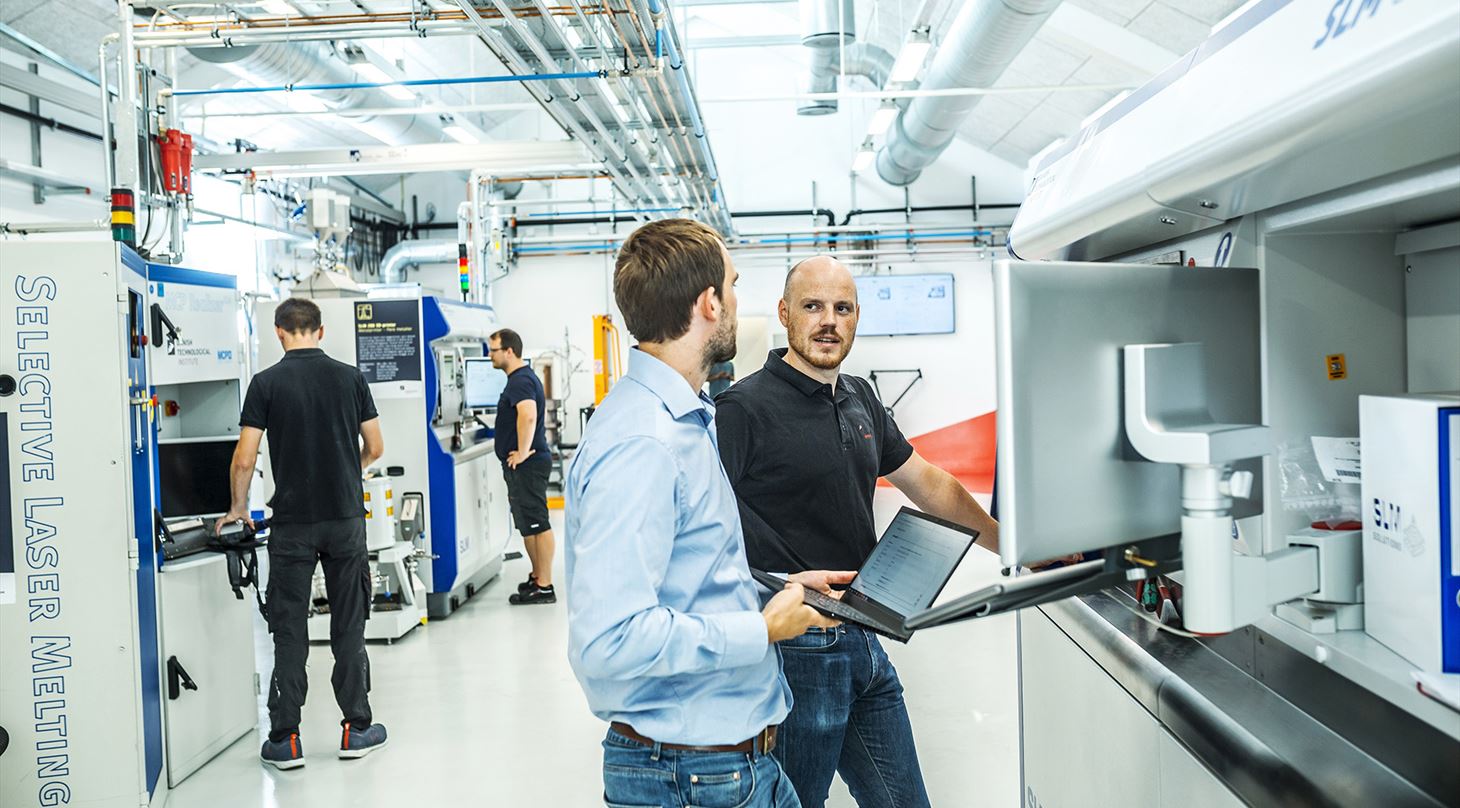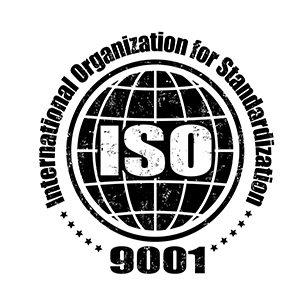
ISO 9001 certification of metal 3D printing
As the first in Denmark, the Danish Technological Institute has received an ISO 9001 certification for metal 3D printing.
There is rapid development within 3D printing, and increasingly higher demands are being placed on both the printed parts and the 3D printing process itself. To ensure that the requirements of the manufacturing industry are met, the Danish Technological Institute has now received an ISO 9001 certification for 3D printing in metal.
3D printing is undergoing a rapid development right now. Previously, the technology was primarily used for the production of prototypes, but today 3D printing is a competitive method for series production of end components. This development also means that significantly higher demands are placed on the 3D-printed parts - and on the facilities where 3D printing production takes place.
Let us help you with AM production
When you need to meet the high requirements for the manufacture of end components from Danish manufacturing companies, an ISO 9001 certification is very helpful. The certification ensures that expectations and requirements for the organization's products and services are met.
 ISO 9001 within metal 3D printing is a big step
ISO 9001 within metal 3D printing is a big step
The ISO 9001 certification for metal 3D printing is a big step, as it shows that the Danish Technological Institute has a systematic approach to quality and strategy, which is specially designed for handling processes within metal 3D printing. More specifically, the ISO 9001 certification means that there is now a common system in place within metal 3D printing, where e.g. suppliers, work processes, and deviations are handled - and it is easily accessible to all employees.
- In most areas, it's ‘business as usual', since we haven’t changed the way we prepare files for 3D printing, use glass blasting, or ship customer orders. We have continuously optimized this over the 30+ years that we have supplied the Danish industry with 3D printing. Instead, it is the structure around our workflows that has changed. So now we speak the same language as everyone else in the world who follow ISO 9001 in production, says Lasse Haahr-Lillevang, consultant at the Danish Technological Institute and responsible for the certification.
Certification ensures consistent quality and value for customers
As mentioned, 3D printing is an area where the technological development is moving fast, which also makes quality management absolutely essential.
- Within 3D printing, new machines and materials are frequently introduced on the market, so we need to develop processes and process parameters to make the best possible use of the technology. ISO 9001 ensures that risk management is in place for new processes, and the system ensures a consistent quality of the products that we deliver, says Lasse Haahr-Lillevang, and adds that the certification also creates value for customers.
For customers, it is ultimately the quality of the product they receive that is relevant. Here, the certification offers the greatest security for the customer, because now we have a system that handles deviations from processes and products systematically
- Lasse Haahr-Lillevang, Teknologisk Institut
ISO 9001 opens up new possibilities
For the Danish Technological Institute, the ISO 9001 certification also plays a central role when it comes to the possibilities for international collaborations.
- The ISO 9001 certification is a market requirement internationally, so we can now supply 3D-printed parts in metal on equal terms with other international suppliers. At the same time, the certification means that we can do industry-specific research and international collaborations, Lasse Haahr-Lillevang concludes.